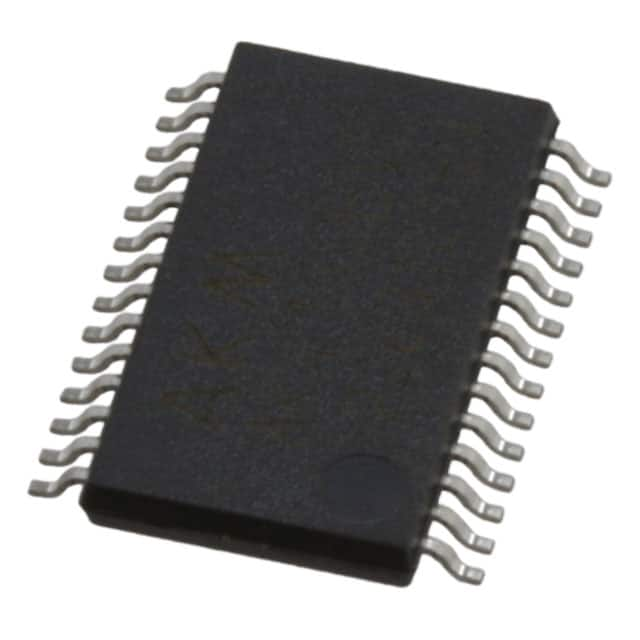AK4112BVF
Overview
- Category: Integrated Circuit
- Use: Digital Audio Interface Receiver
- Characteristics:
- High-performance audio signal processing
- Supports various digital audio formats
- Low power consumption
- Package: VFQFPN-32
- Essence: AK4112BVF is a high-quality digital audio interface receiver designed for professional audio applications.
- Packaging/Quantity: Available in tape and reel packaging, with a minimum order quantity of 1000 units.
Specifications and Parameters
- Supply Voltage: 3.3V
- Operating Temperature: -40°C to +85°C
- Input Clock Frequency Range: 128fs to 192fs
- Supported Audio Formats: I²S, Left-Justified, Right-Justified, PCM
- Sampling Frequencies: 32kHz to 192kHz
- Total Harmonic Distortion + Noise (THD+N): <0.001%
- Signal-to-Noise Ratio (SNR): >110dB
- Dynamic Range (DR): >110dB
Pin Configuration
The AK4112BVF features a detailed and complete pin configuration. Please refer to the datasheet for the specific pin assignments.
Functional Characteristics
- High-quality digital audio signal reception
- Automatic detection and selection of input audio format
- Built-in PLL for clock recovery and jitter reduction
- On-chip digital de-emphasis filter
- Flexible control interface for easy integration into audio systems
Advantages and Disadvantages
Advantages: - High-performance audio signal processing - Wide range of supported audio formats - Low power consumption - Excellent signal-to-noise ratio and dynamic range
Disadvantages: - Limited input clock frequency range - Requires external components for full functionality
Applicable Range of Products
AK4112BVF is suitable for various professional audio applications, including: - Audio mixers - Digital audio workstations - Audio interfaces - Sound processors - Home theater systems
Working Principles
The AK4112BVF receives digital audio signals from external sources and processes them for further use in audio systems. It automatically detects the input audio format and uses a built-in PLL to recover the clock signal and reduce jitter. The processed audio data can then be used for playback or further processing.
Detailed Application Field Plans
- Audio Mixer: The AK4112BVF can be used in audio mixers to receive digital audio signals from different sources and integrate them into the mixing process.
- Digital Audio Workstation: In a digital audio workstation, the AK4112BVF enables the reception of high-quality digital audio signals for recording, editing, and playback purposes.
- Audio Interface: When integrated into an audio interface, the AK4112BVF allows for seamless connectivity between digital audio devices, such as computers and audio peripherals.
- Sound Processor: The AK4112BVF can be utilized in sound processors to receive and process digital audio signals for various audio effects and enhancements.
- Home Theater System: By incorporating the AK4112BVF, home theater systems can receive and process digital audio signals from different sources, providing immersive audio experiences.
Detailed Alternative Models
- AK4112AVF
- AK4112BF
- AK4112CF
5 Common Technical Questions and Answers
Q: What is the maximum supported sampling frequency? A: The AK4112BVF supports sampling frequencies up to 192kHz.
Q: Can the AK4112BVF be powered with a 5V supply? A: No, the recommended supply voltage for the AK4112BVF is 3.3V.
Q: Does the AK4112BVF support DSD audio format? A: No, the AK4112BVF does not support DSD audio format.
Q: What is the typical power consumption of the AK4112BVF? A: The AK4112BVF has a low power consumption of approximately 50mW.
Q: Can the AK4112BVF be used in automotive audio systems? A: Yes, the AK4112BVF can operate within the specified temperature range for automotive applications.
This encyclopedia entry provides an overview of the AK4112BVF, including its category, use, characteristics, package, specifications, pin configuration, functional characteristics, advantages and disadvantages, applicable range of products, working principles, detailed application field plans, alternative models, and common technical questions and answers.


